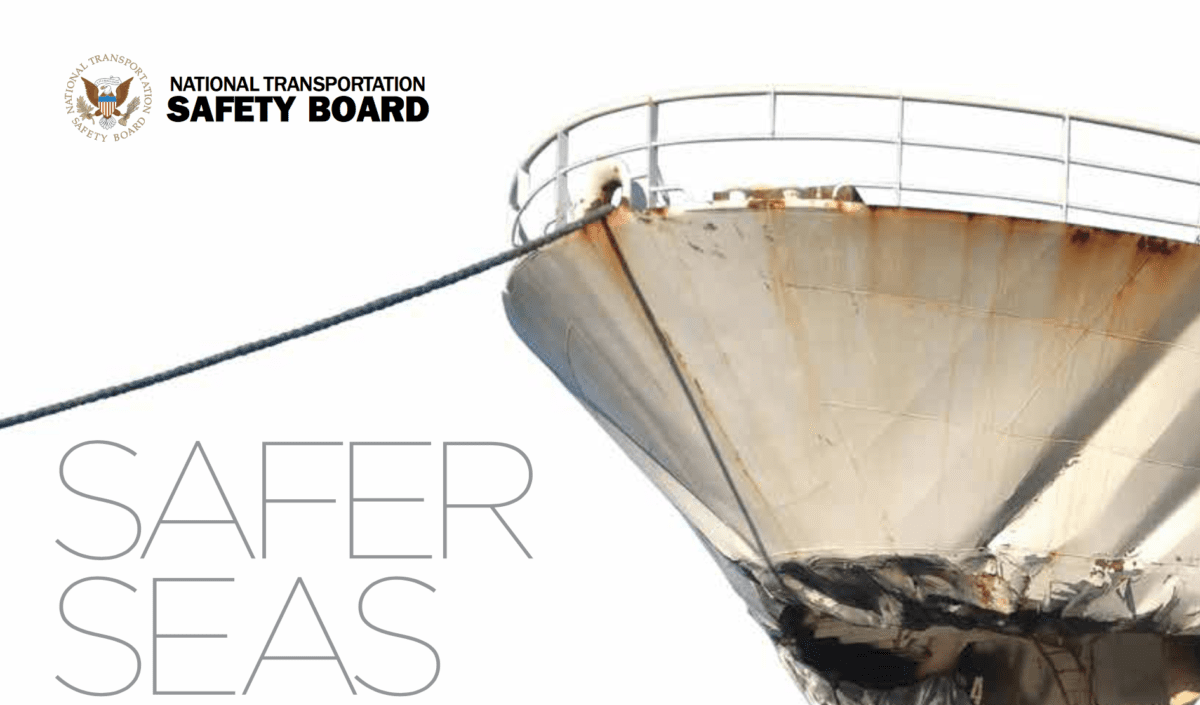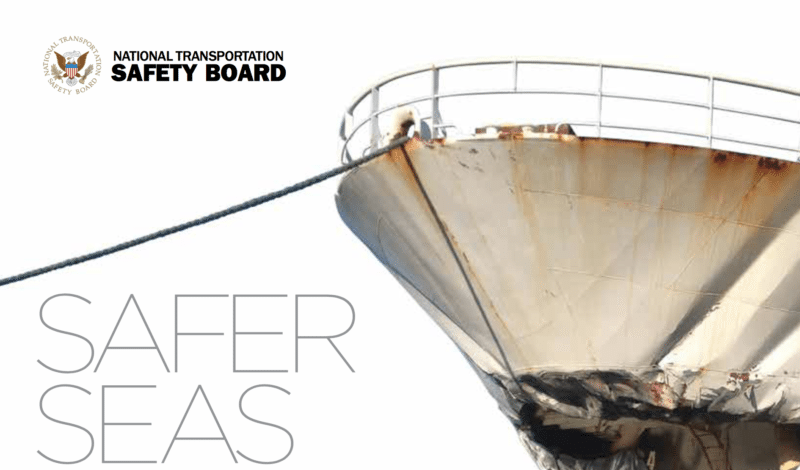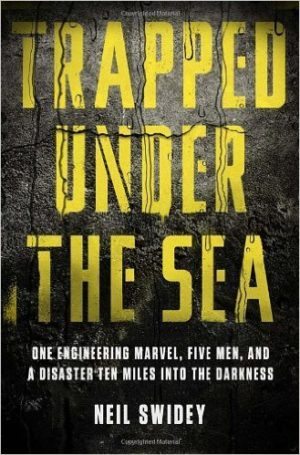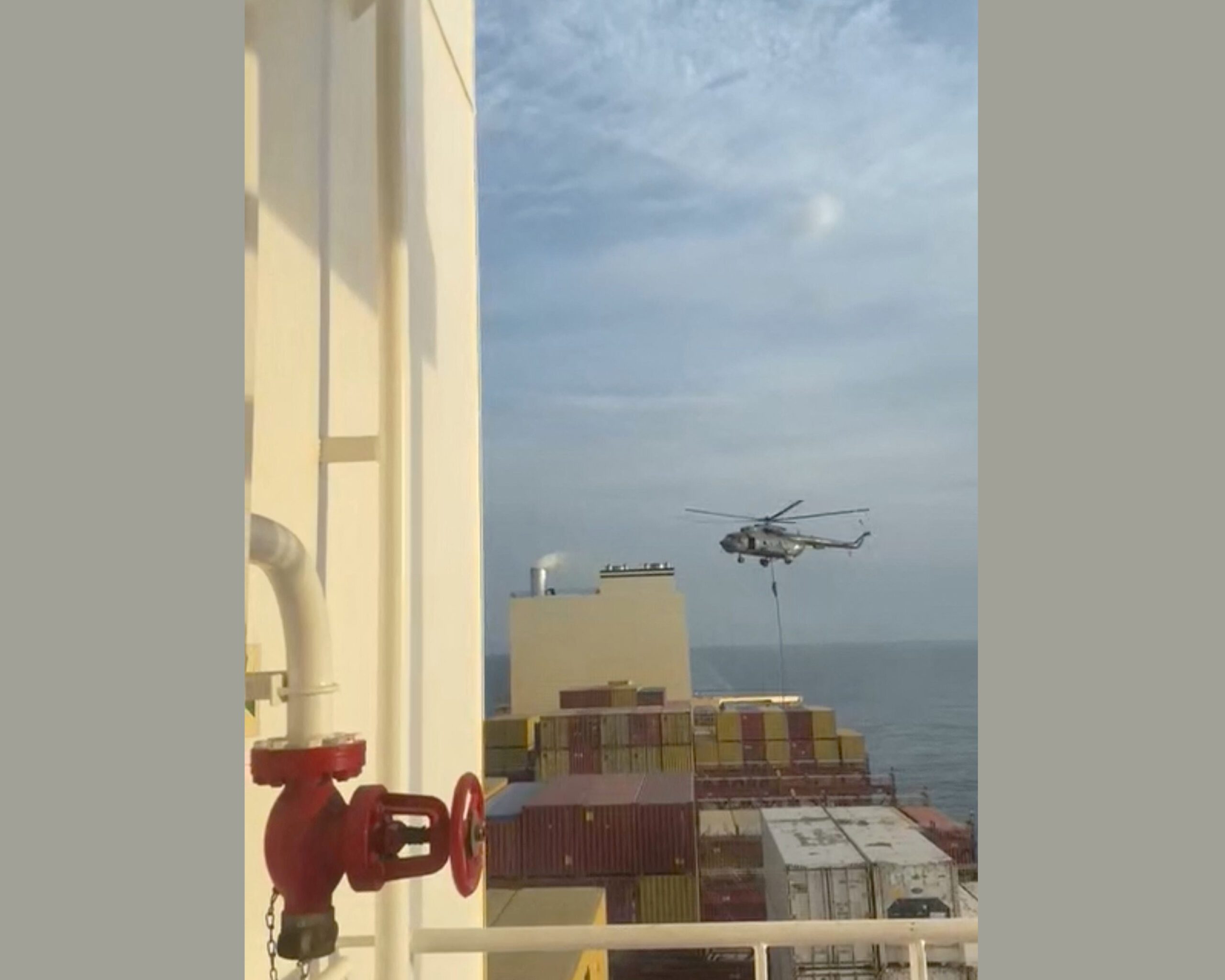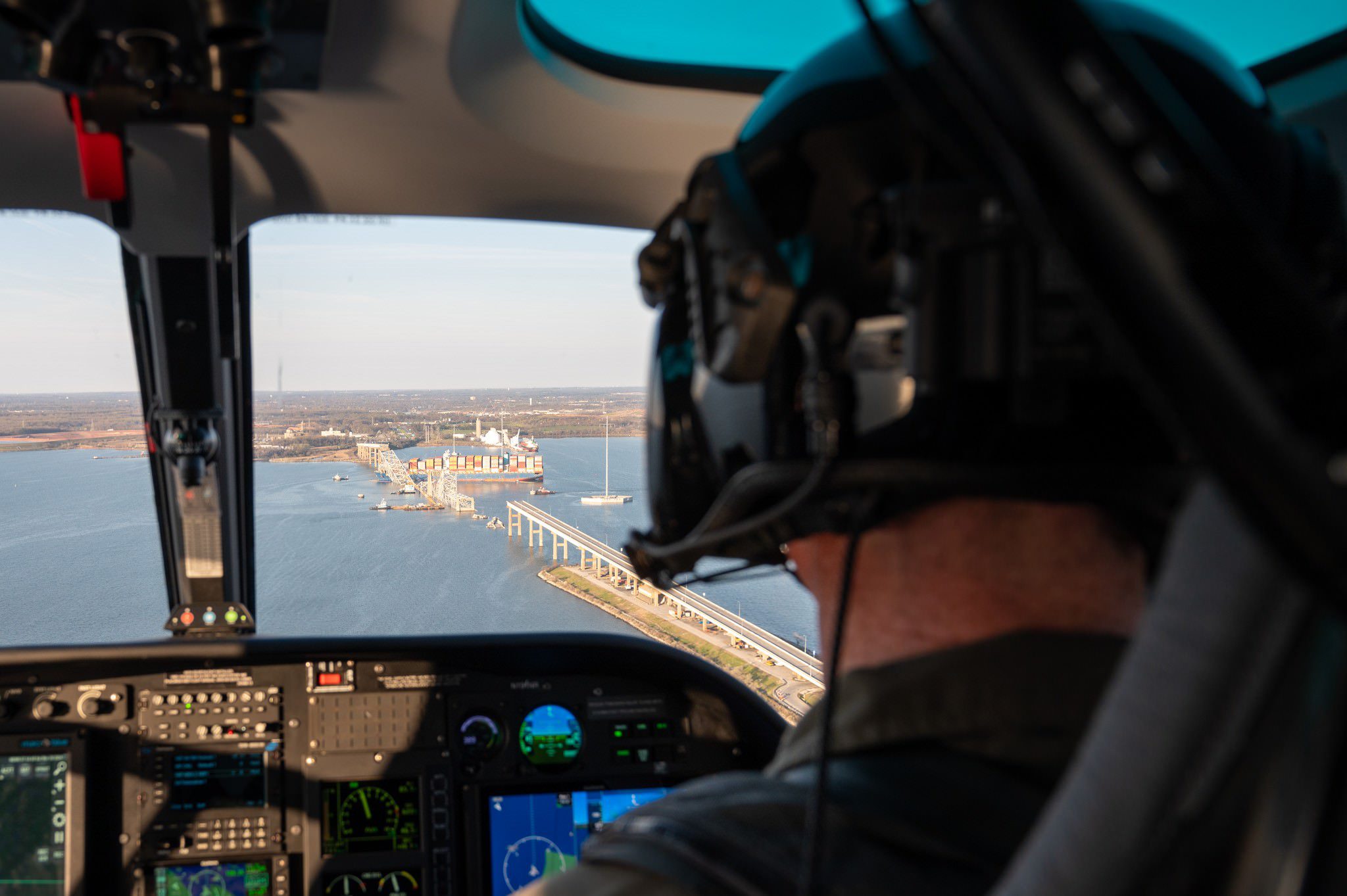Iran Seizes Portuguese Containership MSC Aries in the Strait of Hormuz
By Maha El Dahan (Reuters) – Iran’s Revolutionary Guards seized an Israeli-linked cargo ship in the Strait of Hormuz on Saturday, days after Tehran said it could close the crucial...

 Join The Club
Join The Club



